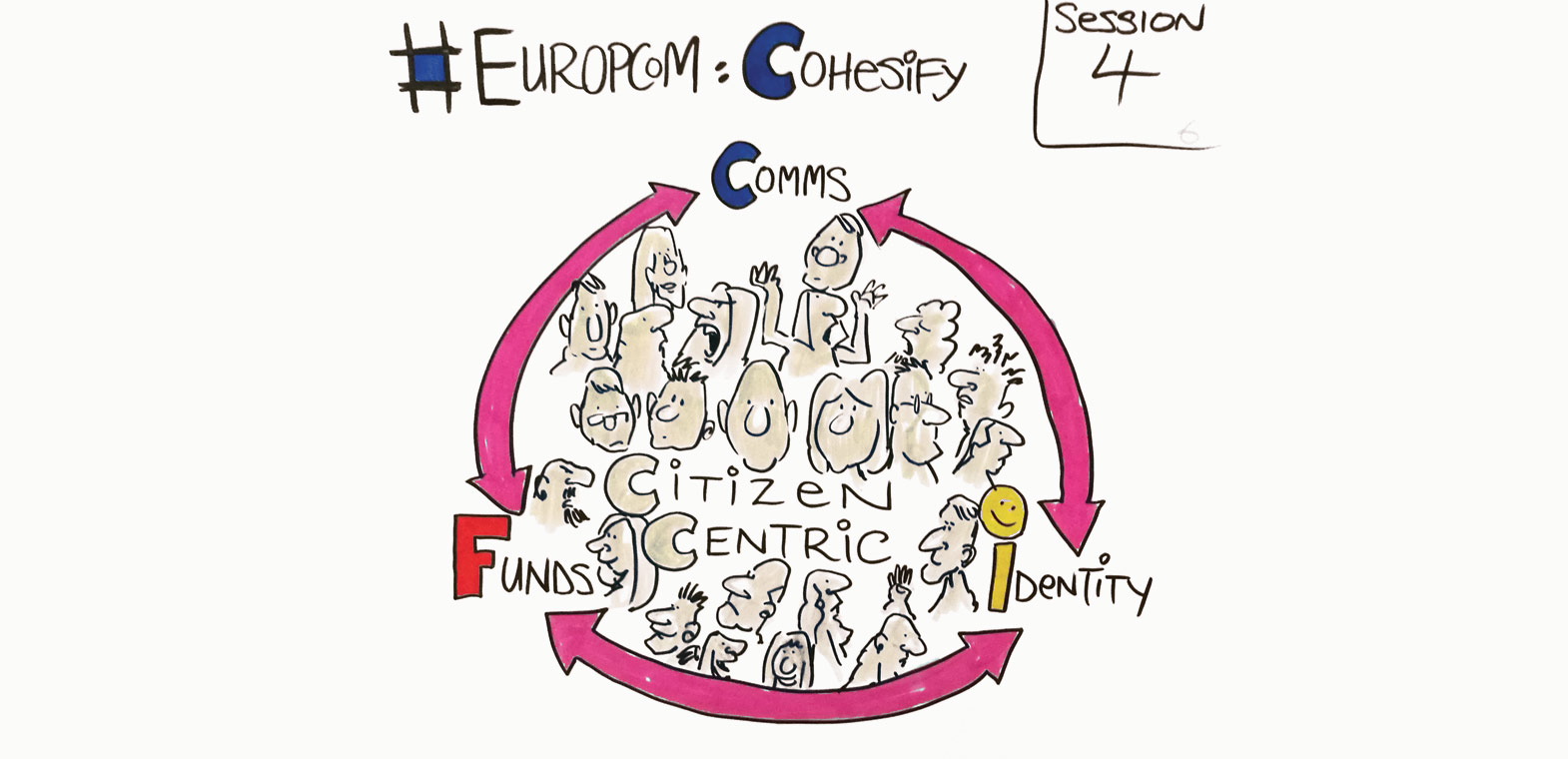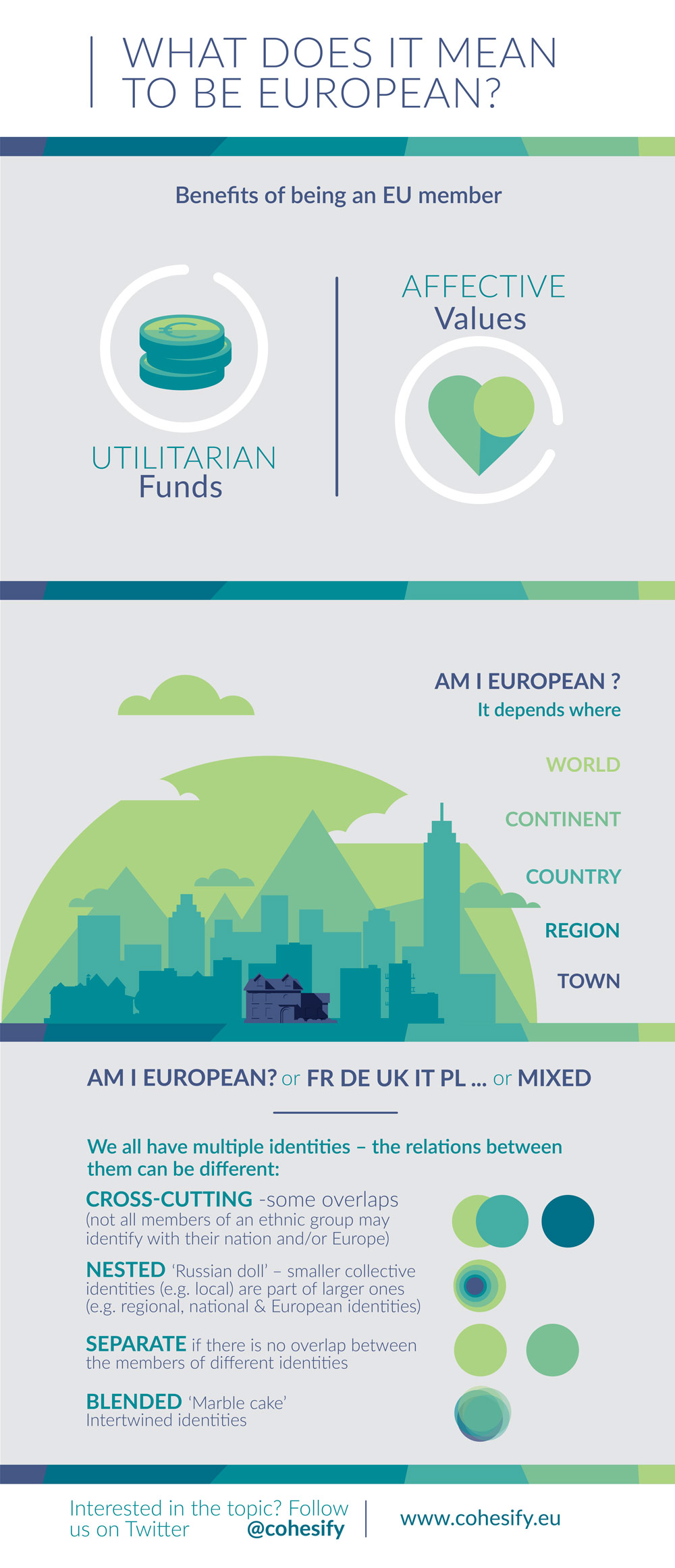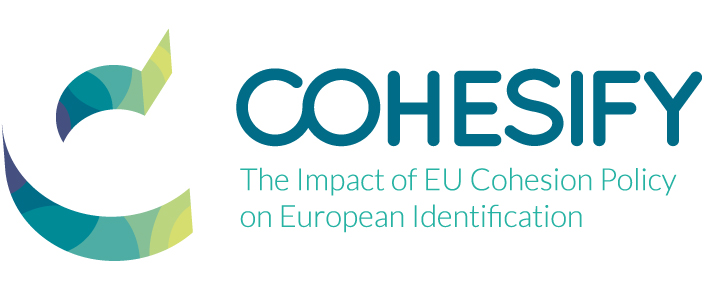
REFORMING COHESION POLICY: THE COMMUNICATION PARADOX
October 7, 2016
How to communicate the EU – reflections after Europcom 2016
November 2, 2016
“The European Union (EU) requires citizens’ support and identification to enhance its legitimacy. The question of whether and how much European identity is necessary for European integration is highly contested, largely because it is connected to controversial normative debates about the nature of the EU as a polity.
What is clear is that the politics of European identity in Europe has become more salient following the recent economic and migration crises which have fuelled a rise in nationalist and anti-EU sentiment across Europe and exposed deep divisions among governments and citizens about the value, purpose and future of the EU – most strikingly evident in the Brexit referendum vote in the United Kingdom. EU institutions have made it a priority to reconnect with European citizens (Juncker 2014) through participatory, decentralised and creative communication about the EU (Committee of the Regions 2014). But this is a challenging task given the EU’s territorial diversity and the lack of systematic and robust knowledge about how specific EU policies impact on citizens’ attitudes and identity and what communication mechanisms would best serve the re-connection with citizens.
This is the context for the COHESIFY research project which aims to assess the contribution of EU Cohesion policy to a positive identification with the European integration project in terms of a valued, popular sense of European identity and to determine the implications for EU strategies for communicating EU Cohesion policy to citizens. EU Cohesion policy can be considered a ‘most-likely case’ for developing a ‘sense of community’ because it is the EU’s most explicit and visible expression of solidarity and has a direct impact on people’s daily lives. It provides funding to all European regions, especially less less-developed regions and countries, through investments that aim to raise economic and social prosperity and improve citizens’ quality of life.
Its multi-level governance model is meant to have a key role in mainstreaming EU policy agendas to national and regional levels bringing the EU closer to citizens through programmes that reflect regional and local development needs and challenges, and which are designed and implemented in ‘partnership’ with local authorities, non-governmental organisations, socio-economic partners and other bodies representing civic society.
Yet, there are basic questions about the extent of knowledge and awareness of the policy among citizens across the EU, whether it is perceived to impact on their daily lives, which factors are influential in shaping perceptions and how this translated into attitudes to and identification with the EU in different regions and localities. Further, it is unclear to what extent the strategies of EU institutions, Member States and Managing Authorities for communicating Cohesion policy are effective in increasing awareness or influencing perceptions and identity.
Continue reading the first research paper by Professor John Bachtler and Dr Carlos Mendez here.


